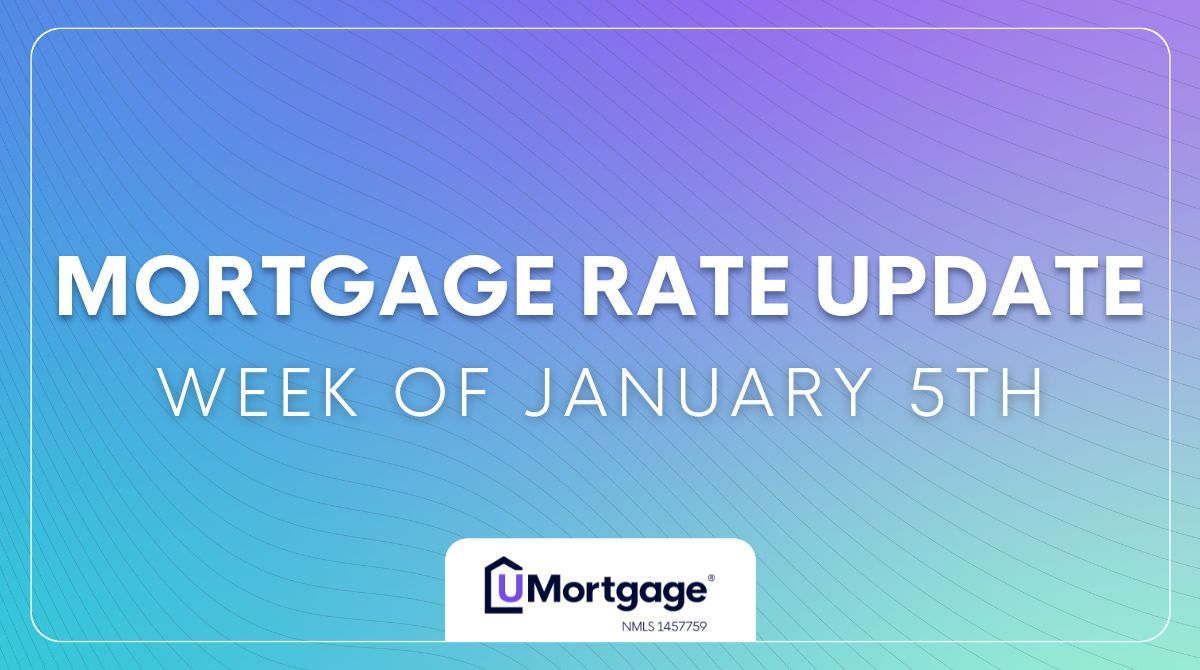Housing Market Update | Week of January 5th
Published: January 5, 2026
Updated: January 5, 2026

Housing Market Update | Week of January 5th

Mortgage rates have been relatively flat since the Fed cut the federal funds rate in early January, but that could change this week. The first full week of the year brings us a full plate of market-moving data, with a new batch of labor reports coming on Wednesday and Friday.
Earlier this morning, two voting Fed Presidents acknowledged that the labor market is weak, but not weak enough to justify another cut. This week’s data will offer us a fresh perspective; we get the ADP private employment report and the Bureau of Labor Statistics' (BLS) Job Openings, Layoffs, and Turnover Survey (JOLTS) on Wednesday and the headline BLS jobs report on Friday. If anything can get rates to break below the tight range they’ve bounced between, it’s Friday’s jobs report, so that will be one to watch.

Last Week's Mortgage Rate Recap
Rates Were Flat
Last week was a light week for new data, and mortgage rates remained flat as a result. It’s been much of the same since the Fed cut the federal funds rate at its December meeting; the 10-year Treasury yield has bounced between 4.12% and 4.19%. For us to see some meaningful movements, we’ll need to see the 10-year break beneath that floor.

This Week's Mortgage Rate Forecast
Rates Could Move
The first full week of 2026 will bring us a fresh batch of labor market data. Mortgage rates barely budged when the BLS released its October and November labor data in mid-December. The fact that this report was delayed and largely incomplete was a significant factor in this stagnation. With the government shutdown no longer impacting the data collection process for these reports, Friday’s BLS report (and the ADP + JOLTS reports on Wednesday, to a lesser degree) could spark some movement again.
As always, for mortgage rates to drop, the labor data needs to show more signs of weakness. Projections for Friday’s report expect 55,000 nonfarm payroll jobs created in December and for the unemployment rate to sink from 4.6% to 4.5%. If the nonfarm payroll figure comes in below 55,000 and/or the unemployment rate rises, we could see a slight drop in mortgage rates. Otherwise, expect rates to remain in this range.
For real-time housing market insight or answers to any mortgage-related questions you have, click here to connect with a UMortgage Loan Originator near you!
